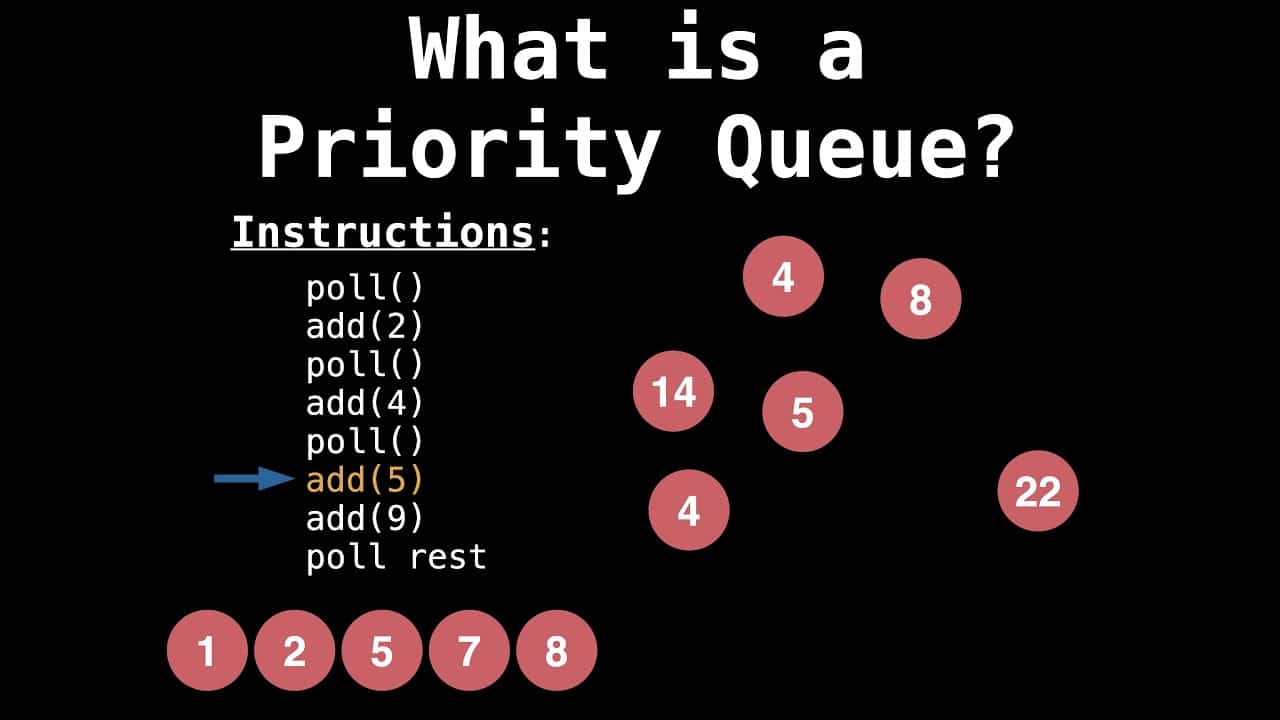Priority Queue
Priority Queue is a type of abstract data structure in programming that is used to process data with ordered elements according to certain priority rules. A priority queue organizes data into a strict hierarchical structure and processes them according to each item’s designated priority level, or rank.
Data stored in a priority queue are assigned ranks based on programmed or user-defined rules. The priority queue will use this data to create a strict hierarchy of elements, with the element of the highest priority at the top. Items of greater priority will be processed before items of lesser priority. This structure allows for fast access of all items and efficient manipulation of the data.
Priority queue can be implemented in many different ways. One common implementation is the binary heap, which organizes elements into a tree-like structure. The root node of the tree is the highest priority element, while all other elements are denoted shorter branches stemming from the root. This structure allows for constant-time random access to any element in the queue.
Priority queues are generally used in programs to manage multiple data requests at once, prioritize requests according to their importance, and quickly access data that is most crucial. For example, a web browser’s priority queue may prioritize requests for page content over requests for advertisements, which will result in a faster loading time for important pages. Priority queues are also used in operating system scheduling, where it is essential to determine which processes should be given precedence over others.
Overall, priority queues are an important part of programming, allowing for efficient management of data and effective prioritization based on predefined criteria.






